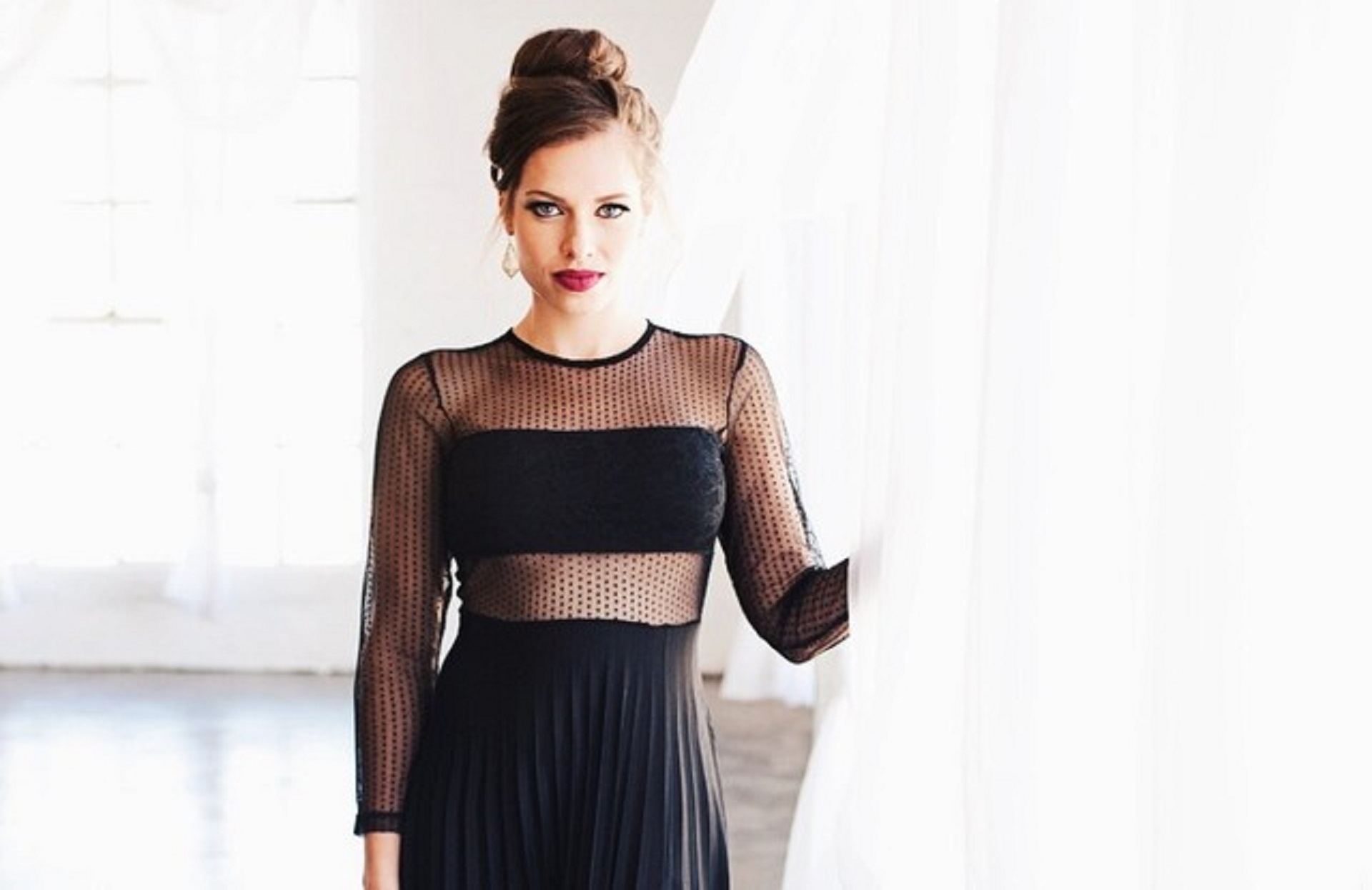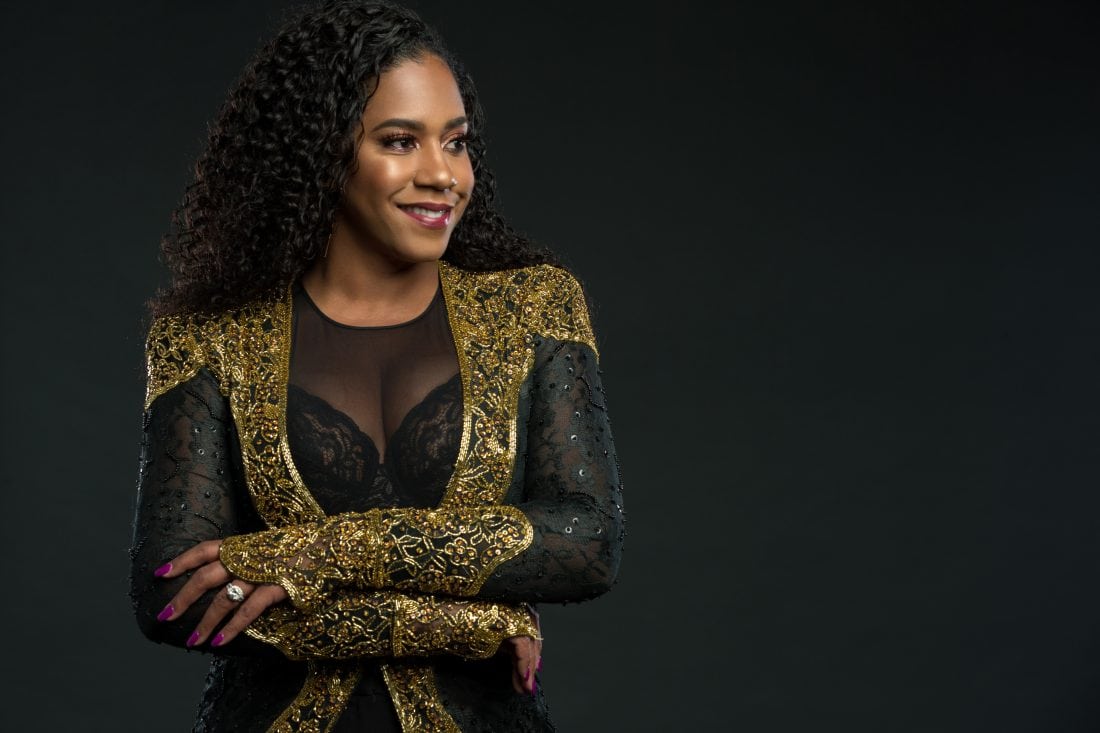Many of us have felt that little whisper in the back of your mind, that little nudge, that terrifying but wonderful idea: I should write a book!
It makes sense. A book, especially for entrepreneurs, is one of the best “business cards” you can have.
How would you like to tell your potential clients you’d literally written the book on your subject? In today’s world of Tweets and Snaps, having an entire, professional book with your name on it is a powerful reference and a deeply effective branding tool.
Then again, if you’ve ever sat down and attempted this behemoth of a task, you know there are an abundance of obstacles hell-bent on obscuring your path.
There’s the big ones:
- How to get it published?
- How do design the cover?
- What about editing?
- And there’s the biggest one: What about that blank page?!
Sitting down and actually putting pen to paper (or fingers to keyboard) is always, always, ALWAYS monumentally more difficult than you think it’s going to be. And you probably think it’s going to be pretty difficult.
Enter: NonFiction. This company, started by Esbe Van Heerden and Paul Carleton, exists to solve exactly this problem. Through a series of interviews, they can turn your ideas into a fully-fleshed, written, edited, designed, and legitimately published book. It’s all your content, your voice, your brand, your words — but you don’t have to write a single sentence!
It’s an amazing way to get all the benefits of a published book without the pain or time commitment of doubling down at your computer screen. I talked with creator Esbe about how this all got started, her business strategies, and her passion for helping creators and entrepreneurs see their dreams realized at the hands of a paperback.
- What gave you the idea to start NonFiction?
I was sitting having a coffee one day, after a phone call with my mother. She’d just told me that she’d bought dad a voice recorder because he wanted to start getting all his stories out. He’d always loved telling tales of his childhood, with a brandy in hand; when I think of some of my fondest shared memories with Dad, that’s what I picture.
I was a little sad to think, as grim as it is, that he may not be around to share his stories with my children if and when I decide to have them.
An idea sparked. What if I take the audio he was recording and used them to make a book? My mom had already made a photo book for his 70th birthday a few years back. I wanted to add the stories that accompanied each photo as a type of coffee table memoir.
After an extensive Google search with a million tabs open, I was pretty disappointed to say the least. I called my partner, Paul, over, and as we went through each tab, I showed him company after company charging anywhere from $25,000 to $250,000 to do what I wanted them to do—take recordings and make a decent book out of them.
The samples some of these companies gave were unprofessional at best, and although I really wanted to make this happen for my dad, the end products were certainly not worth spending a small fortune on. Family members love DIY, right?
I thought it couldn’t be as bad as the worst of the products I’d seen, and I’d be saving myself a bunch of money, so I started researching how to publish a book. And once I started, I did not stop. I dove into the deepest rabbit hole and didn’t come out until days later, and by then I was confident you wouldn’t be able to tell my book apart from any other book you’d see at your local Barnes & Noble.
I knew that for it to be professional, I’d have to spend around $5,000 on it which, although still expensive, is pocket change compared to the minimum $25,000 I was quoted elsewhere. And this way I knew it would look great and read wonderfully!
At the time, though, Paul and I didn’t have the money. We had moved to North America on a dream and bought a van to travel and live in before settling in Vancouver.
To avoid spending all our savings on the ridiculous Vancouver rent, we decided to live in the van and do house- and pet-sitting jobs whenever we could. This freed up some money for us to test out this book publishing idea, so we started hustling.
We pre-sold books to people. This proved there was a market and a need for our service. From there we worked day and night to produce the first set of books for our clients. By the end, we were able to make beautiful, professional books that wouldn’t be amiss next to your favorite NYT Bestsellers.
- What kind of team do you work with at NonFiction?
We work with a small, dedicated tight-knit team. Paul is my partner who handles sales and marketing, leaving me to focus my time on my clients and the day-to-day of the business. We have two teams—a content team and a design team. The content team consists of editors for our books, and we work with the design team to create beautiful products inside and out.
Our wonderful team members are freelancers that we have hand picked or that were referred to us early on, who we made sure we could count on and who produce amazing content and design. Ever since we started, we invested in a great team we knew we could take pride in.
At the end of the day, because of the quality of our team and what we know they can produce, life as the business owner has been much more stress-free—knowing that our clients will always be blown away with the work we present them.
- Did starting this business take a lot of initial capital? How did you get the initial momentum to cover costs and get started?
Once we knew we could do the work, we went out to the market and started pre-selling. This validated our idea, that there was actually a market, and the money we got from those sales funded our initial books and gave us the momentum we needed.
Although the idea was initially to do memoirs, when we started reselling we realized the people who were buying all had a common theme—they were business people, entrepreneurs, or coaches and consultants. From there we pivoted to writing predominantly for that group of people.
- What kind of workload does this require from you? Is it more or less than when you started it — and what’s your vision for the future?
You know when you hear Gary Vee rant about hustling? It was like that. We were working all day every day; I’d learned to do as much as I could myself to cut costs.
It was important that I had a solid grasp on every aspect of what it took to create a book, so then I could better direct my team in the future. So, at the beginning, I was incredibly busy doing the book outline with the clients, interviewing them for their content, the initial editing, and the interior design.
As soon as we had the capital, I hired more professionals and now I predominantly project-manage each book, as well as spearheading the interviews and book outlines.
I really enjoy doing those interviews and book outlines, which is why I still take care of them, as that’s the most customer-facing aspect. Soon I will look for someone to help me with the interviews so that I can focus on training up more staff to be able to help more people.
As you can imagine, there is so much intensive, one-on-one time with each author, we are capped with how many people we can help at once.
We are also currently running an online course, teaching our process so that those who want to tackle writing and publishing professionally themselves can do so with step-by-step guidance.
Our done-for-you service is predominantly for high-end business people who don’t have the time to sit down behind their computers and write for a year. However, we found some of our customers still wanted our service, but couldn’t afford our premium prices.
We didn’t want them to miss out on sharing their story and expertise, so we created the course. The future, then, is about focusing on managing our done-for-you clients, and along the way helping as many aspiring entrepreneurs, coaches, and businesspeople who want to stand out [as possible]—no matter their budget.
- How does social media play into your marketing efforts?
At the moment it actually doesn’t, even though we are technically an online company. We generally reach out to people directly who we think would benefit from writing a book, or people refer us to their friends and colleagues.
In the near future, especially for the course, we will use paid social media platforms such as Facebook Ads for lead gen.
- What’s it like working internationally? Have you encountered any particular difficulties there — and how have you overcome them?
We love working internationally! The internet is a wonderful thing. We have clients from all around the world. At the moment we are based in Vancouver, Canada (in an apartment in Olympic Village—an upgrade from the van we started in). But we can just as easily do our work from a coffee shop when we visit family, or WeWork if we’re traveling to Austin, for example.
The only potential difficulty is time zones when it comes to doing the interviews, but with Calendly, authors can see my availability in their own time zone and book a time that suits them. It really hasn’t been a problem at all. So far we have authors in America, Canada, Europe, and New Zealand and Australia.
- Have you encountered any unique problems (or bounties) as a woman leading a business? How do you move through that?
I have been so lucky when it comes to my team and my clients. My partner (both in life and business), Paul, is incredibly encouraging, but even more impressive is the calibre of clients we’ve attracted. Our male authors have been some of the most supportive men in their 40s, 50s, 60s, and 70s that I’ve ever met, and the women have been inspiring!
If anything, I think I have been welcomed as a breath of fresh air—many of our clients have been in male-dominant businesses for years. They’ve certainly made me feel welcome!
I think any problems as a woman leading a business have come from me. I have trouble identifying myself as a “businesswoman,” I think, because I see a woman stomping around in a power suit, strong and powerful, crunching data and talking about ROI all the time.
That’s definitely a great woman to be, but I don’t feel like that’s me. Once I started unpacking why I had those connotations about women leaders, and what it actually meant, I gained a lot of clarity and felt a sincere sense of relief. I discovered I can run a business and be nurturing and powerful, empathetic and strong, creative and careful of ROI. I didn’t have to choose one over the other. After I realized that, nothing has really stood in my way — yet.
- Why do you think NonFiction is resonating so deeply with today’s market?
Clients buy our product because now, more than ever, business people, entrepreneurs and coaches are looking for ways to stand out, whether it’s to potential clients or so they can speak at more conferences or charge more.
A book is the best business card. Once they start working with us they realize that while, yes, that stand true, that’s not the best thing they get. It’s not the reason they refer us to their friends and colleagues. NonFiction, at its core, helps people make discoveries about themselves, their experiences and their businesses, while accomplishing a lifelong dream they never thought possible.
- What advice would you give other female entrepreneurs, especially ones who might feel hesitant about getting started?
- Make sure this is what you want. Being an entrepreneur is deeply rewarding, but the emotional rollercoaster that goes with it can be unnerving. You live in a feast and famine cycle—the feast is so good, but make sure you’re prepared for when the famine hits. There is no base pay; if you don’t sell, you don’t get paid. BUT there is also no cap; you’re in control of your own time and earnings. You want to make more? Great! Sell more. You want more time with your family? Great! Take time off.
- Once you’re sure you want it badly enough, test the market. Always, always, test the market. Make sure there is a need for your product or service before you invest all your time, money, and energy into it. More importantly, make sure there is a demand for your product or service. Many times you may spot a gap in the market where there truly is one, and you can genuinely help people. However, if they don’t want what you’re selling — however much you think they need it or it could benefit them — if they don’t want it, they won’t buy. Test the market.
- The entrepreneurial world is all about selling. You will need to sell your idea, your product, your service, and, most of all, yourself. Learn how to sell and you will succeed. The first book I read when I started out as an entrepreneur was Sell or Be Sold by Grant Cardone, and it kicked me right in the butt when it comes to selling.
- What’s your favorite — and least favorite — part about running a business?
Most things that I didn’t like — my least favorite parts — I’ve eliminated over time. I’ve designed the way I run NonFiction to get someone else to do the parts I don’t enjoy (usually because I’m not that good at them, so I get people who are better than me to do that aspect).
If I had to pick something, one of the hardest parts for me is tracking all the numbers so that come tax time we’re all sorted. Thankfully there’s a bunch of technology and experts who help me there, too.
Honestly, my favorite part of running a business is being able to give our clients a book, filled with their content and ideas, with their name on the front, that they can be proud of.
It’s the connection I get with each of them and the relationships I form with each one that keeps me in the game on those long nights. I really enjoy the company of my clients and because of that, I want to help them create the best books we can.
Like what you’re reading? Access HER magazine’s monthly publication in iTunes or Google Play – it’s where we feature powerhouse women you can learn from and share exclusive content you won’t find here.







